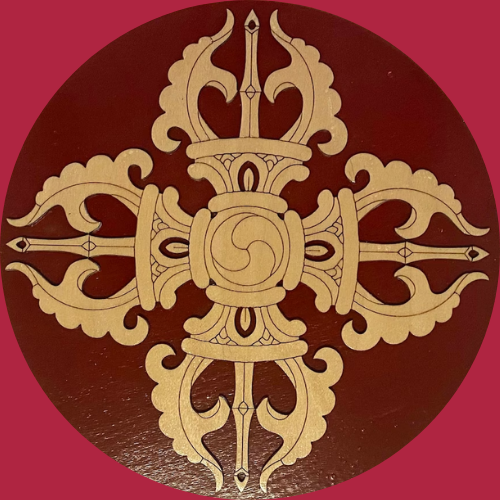Daulatabad
House of wealth was the name given by Muhammad-bin-Tughluq in 1327, to Daulatabad in Deccan in Indian subcontinent. The ancient name being Devagiri or Deogiri, meaning Hill of Gods was under Yadavas who ruled under Chalukyas in Nasik. Bhillama V, a Yadav ruler had many campaigns against the Hoysalas, Paramaras & Chalukyas. They founded Deogiri and moved his capital here.
During the rule of Ramachandradeva, son of Krishna, an invader named Ala-ud-din Khilji had invaded Deogiri in 1296 CE. However, Ramachandradeva was permitted to rule as a vassal. Afterward, another army, led under Malik Kafur, fought Ramachandradeva and Shankardeva in around 1306-07 & 1312. A puppet ruler, Harapaladeva was placed on the throne by Malik Kafur who later ascertained his independence.
This led to a campaign against Deogiri by Qutb-ud-din Mubarak Shah Khilji, it got annexed to the Delhi Sultanate. Khiljis totally lost control to Muhammad-bin-Tughluq at Delhi. He renamed Deogiri as Daulatabad, an impregnable fort. He moved the capital from Delhi in A.D. 1328. This led to many serious repercussions.. The region and the fort itself was passed on into the hands of Bahamani rulers in 1347 CE., and Nizam Shahis of Ahmednagar in A.D. 1499. Daulatabad later served as a capital of Nizam Shah Dynasty in and around 1607.
Deccan observed turbulent periods because of invasions and feudal clashes between local ruling dynasties. Military campaigns of Mughal Sultanate, under Akbar and his predecessors increased clashes within Deccan. Later campaigns by Shah Jahan with a long siege of four months, in 1633, the Mughals seized the forts. Aurangzeb led campaigns in Golconda & Bijapur.
Marathas bring Daulatabad under their control for a moment also, and the Daulatabad fort was seized or recaptured many number of times by the Peshwas, Mughals, the Marathas& lastly under Nizam of Hyderabad in 1724 A.D..
